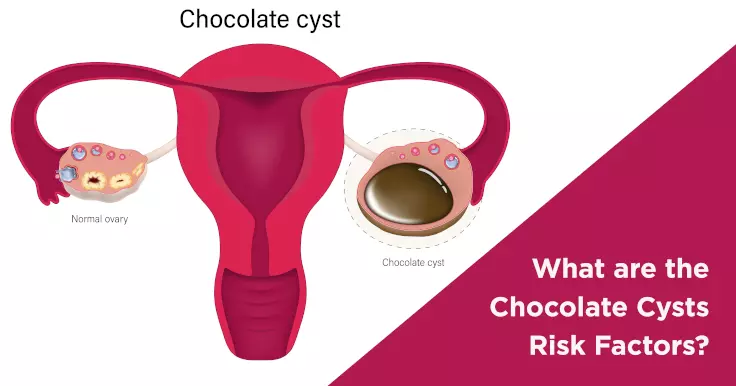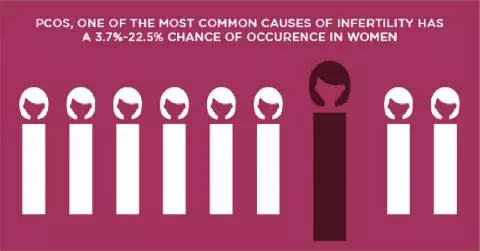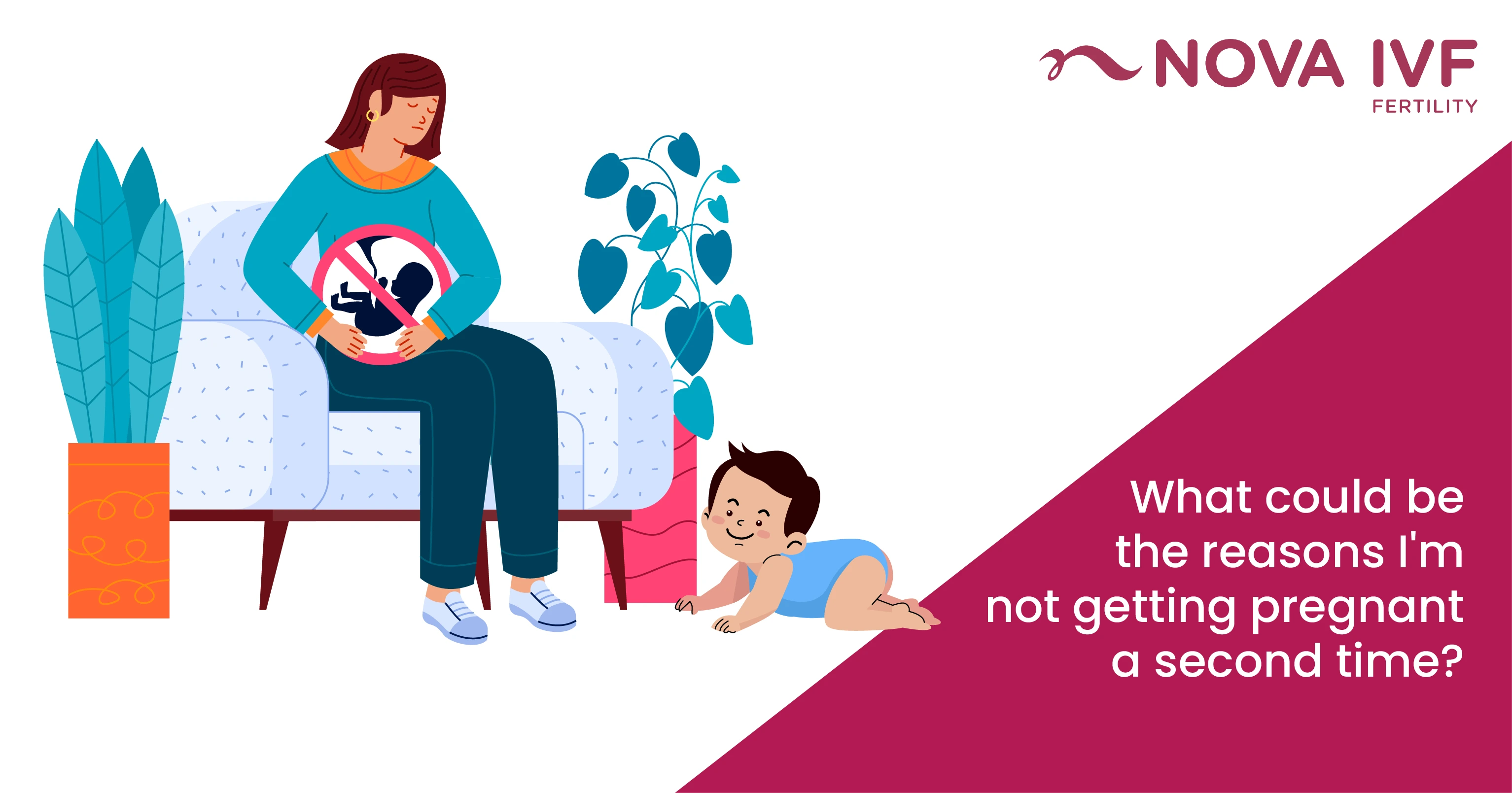Risk Factors for Chocolate Cysts: A Comprehensive Overview

Chocolate cysts are benign, fluid-filled cysts found within or encapsulating the ovaries. It contains a brown, tar-like fluid that resembles melted chocolate; hence the name chocolate cyst was derived. This condition is also known as ovarian endometrioma and around 30-40 % of women are found to be affected by it. Chocolate cyst, a kind of ovarian cyst, can cause ovulation dysfunction which accounts for around 25% of female infertility.
Symptoms of chocolate cysts are similar to that of endometriosis. This condition is also known to be the severe case of endometriosis. Sometimes, the endometrial tissues can grow over the ovaries and instead of shedding out during menstruation; it attaches itself to the ovaries forming cysts. Due to retrograde menstruation that is commonly seen in women with endometriosis, the old menstrual blood gets trapped in these cysts. This leads to the formation of chocolate cysts.
Usually, through a pelvic exam, ovarian cyst diagnosis is possible. The doctor may conduct further investigation to determine the type of cyst by performing a needle biopsy. Pelvic pain, crampy periods, pain during sex, infertility, etc. are some of the symptoms of chocolate cysts.
In this article, we will discuss the possible risk factors of chocolate cysts.
Chocolate Cysts Risk Factors
Lifestyle
Lack of exercise, obesity and low body mass index can put you at the risk of developing chocolate cysts. Doctors recommend that good eating habits, exercises and staying away from alcohol and smoking can reduce the risk for ovarian endometriomas.
Oxidants in The Diet and Environment
Consuming high fat, processed or canned food can increase the oxidants in the body. Also, constant exposure to environmental pollutants might contribute to the development of ovarian endometriomas.
Delayed Childbearing
Women who postpone their childbearing can be at a higher risk of developing chocolate cysts. The uninterrupted menstrual periods and contraceptive history can lead to increased exposure to estrogen in the body. This, in turn, can increase the chances of developing chocolate cysts.
 Infertility Counselling
Infertility Counselling Female Infertility Treatment
Female Infertility Treatment Andrology Treatment
Andrology Treatment Fertility Enhancing Surgeries - Female
Fertility Enhancing Surgeries - Female Fertility Enhancing Surgeries - Male
Fertility Enhancing Surgeries - Male Endoscopy Treatment
Endoscopy Treatment IUI Treatment
IUI Treatment IVF Treatment
IVF Treatment ICSI Treatment
ICSI Treatment Advanced IVF Solutions
Advanced IVF Solutions Embryology
Embryology Vitrification Egg, Embryo, Sperm Freezing
Vitrification Egg, Embryo, Sperm Freezing Preimplantation Genetic Testing (PGT)
Preimplantation Genetic Testing (PGT) Donation Program Embryo / Egg / Sperm
Donation Program Embryo / Egg / Sperm Self-cycleTM IVF
Self-cycleTM IVF

 Self-cycleTM IVF
Self-cycleTM IVF










